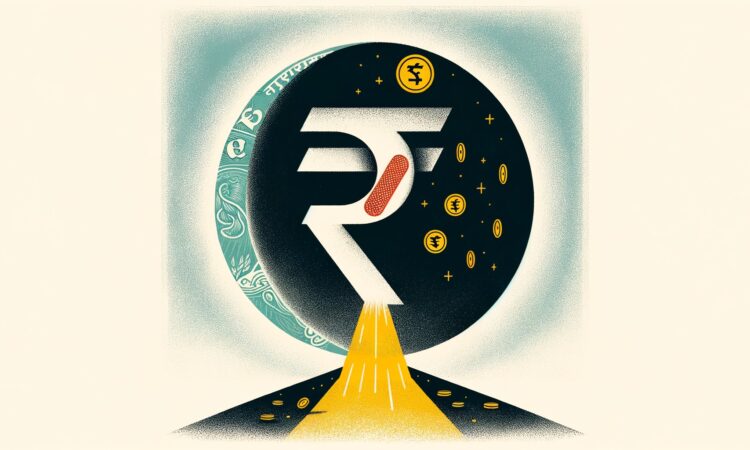
What’s going on here?
The rupee saw a modest improvement on Tuesday but remains August’s worst-performing Asian currency due to trade deficits and persistent dollar demand.
What does this mean?
The Indian rupee (INR) has been struggling this August, making it the worst-performing Asian currency for the month. Despite a slight rise on Tuesday, standing at 83.83 against the dollar at 10:45 a.m. IST, the rupee is still down 0.2% against the dollar. This is in stark contrast to other Asian currencies, which have risen by as much as 4%. The INR hit a record low earlier this month at 83.9725 before this partial recovery. Persistent dollar demand from importers, a widening trade deficit, and significant foreign outflows – $2.5 billion withdrawn from Indian shares in August – have constrained its gains.
Why should I care?
For markets: Navigating currency turbulence.
The rupee’s decline affects more than just local investors. It influences global market dynamics, particularly for those with interests in emerging markets. The Reserve Bank of India (RBI) has intervened to keep the rupee from breaching the critical 84 mark, highlighting the central bank’s role in stabilizing the currency. Investors should pay close attention to the RBI’s moves and dollar demand trends, which significantly impact market sentiment.
The bigger picture: Global economic shifts on the horizon.
The Federal Reserve’s upcoming remarks could shake things up worldwide. The dollar index, currently at 101.9, is teetering close to its seven-month low as the market anticipates guidance on US rate cuts, which futures markets have priced in at about 93 basis points over 2024. This could redirect global capital flows and currency valuations, including further moves in the rupee.


